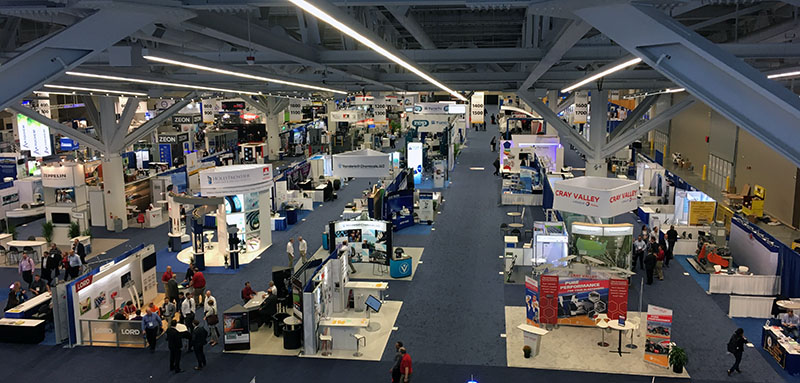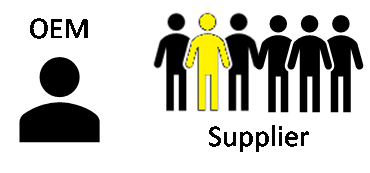“I tell my suppliers to use you all the time.” – Exact words from an engineer in charge of purchasing key components for a major... Continue reading
Return to previous page


